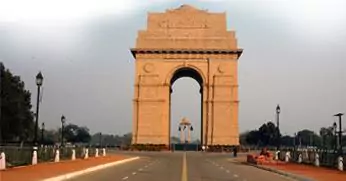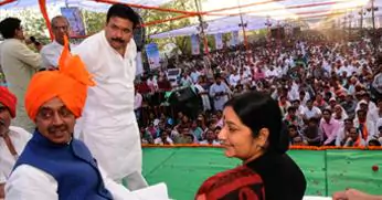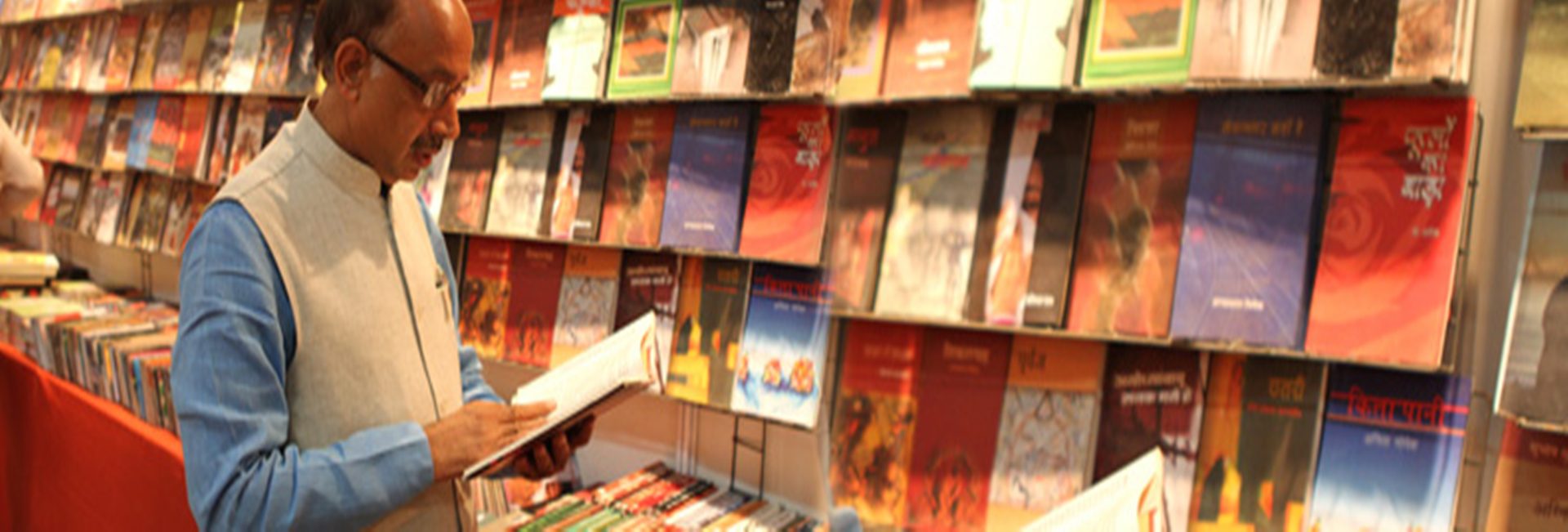Shahjahanabad or Indraprastha, the present day Old Delhi reflects the endless drama of change better than any other part of the national capital. The resilient and enduring culture and heritage of ‘Dilli 06’ has withstood the test of time and continues to live. Temperamental and proud as this eternal city let only the ‘most powerful’ rule it. The current habitation has seen the emergence of at least ten cities through the thousand years it has been in existence. None of the cities is so redolently Mughal, so typically an archetype of its most powerful and ruling dynasty. The heart of Delhi can only be found in Old Delhi which even though is quite old, is still strong and beating.
Chandni Chowk sets an appropriate example of unity in diversity as it still is a complex amalgamation of varied faiths, values, spiritual and religious setups. The predominant Muslim community has through ages shared a strong sense of belongingness to the area. One may agree to disagree that other communities residing in the area has been losing interest as their population has considerably decreased but it doesn’t imply that the charm of Old Delhi is fading away because one just keeps coming back.
Chandni Chowk’s many – branched arteries are narrower with age, its vein jostle for space, and its lifeblood is bound to get clotted at some places at any time. But somewhere in an old vacant building away from the hustle bustle of the streets, one will find peace and a chance to reminisce the leftovers of a remarkably glorious era that it once witnessed. Constant move of people, food culture, monuments, hanging wires, narrow lanes and streets and a moving fragrance in air reflects the changing landscape from one lane to another. All of these elements just strangely complement each other and provide for a photo opportunity as one will find many photography amateurs, enthusiasts and professionals capturing its timeless beauty.
What leaves me spellbound and worry some at the same time is Chandni Chowk's present day condition. For a heritage lover, Chandni Chowk is an unkempt paradise. There has been a significant change in between eras but I wonder if the transition has been smooth. For example, once tram was pride of Chandni Chowk, now it is Delhi Metro. Metro has certainly provided connectivity and the footfall has increased but how compelling the presence of tram in this decade would be can sadly not be known.
Some magnificently attractive havelies have now been converted into shops or left to ruins. Some are probably listed on the official heritage list but I believe that is just for namesake. One would find extensive use of Dholpur sandstone with niche carvings across Chandni Chowk – be it in temples, havelies, dharamshalas, mosques – but the essence of their beauty has been lost because at most places they have either been whitewashed, not cleaned or are damaged. Plinths outside havelies was commonly a medium of communication where one would sit outside and have a conversation with neighbourhoods or people passing by. However, now these plinths have been covered or destroyed which is a reflection of change in mindset, the want for privacy, a strange disconnect from the neighbourhood or society at large.
How appealing is each and every historic structure of the walled city, is just mind boggling. From Jama Masjid to the Jain Temples, Hanuman Mandir to Sis Ganj Gurudwara – all these religious setups have some majestic elements. For instance, it is fascinating to imagine that within eight feet narrow lanes there are huge monumental, gold decorated Jaina Temples like the Digamber Jain Temple or Lal Mandir’s whose look has been altered with times but its interiors are still unchanged and are adorned with beautiful carvings with pure gold art and paintwork. Jama Masjid as we all know is India’s largest mosque with an awe-inspiring grandeur reflecting exquisite works of Islamic architecture. Gurudwara Sis Ganj, an insignia of the martyrdom of Guru Tegh Bahadur, is just so peaceful at odd hours of morning and night and the Hanuman Mandir is beautifully lit up in the evening packed with devotees of ‘Pawan-putra’ Hanuman during everyday routine arti.
Apart from places to worship, one shouldn’t forget that Chandni Chowk has witnessed some dramatic episodes of our first struggle for Independence in the year 1857. Most landmarks of the ‘British rule’ days have now been converted into commercial establishments. Like the present day, State Bank of India was once a British Bank. It has large façade, round arches, roman pillars and high ceilings which are typical of colonial architecture. Town Hall which was once British Municipal Corporation building till recent times had the offices of Municipal Corporation of Delhi, the Old Stephens Building currently houses the Delhi Election Office and so on.
There is no limit to the scope of exploring these structural marvels from the small cravings on walls, gateways, façade, pillars. But there is a dire need to preserve and restore them and to prevent them from decaying and dilapidating. Not every monument, haveli or memorials present there, has seen the light of the day or have been visited by the curious trailblazer. Chandni Chowk neither has any tourist’s office nor effective communicative signage. There is a dire need of government, non government organization, conservationist or heritage lover to focus on redeeming the lost glory of Chandni Chowk.












